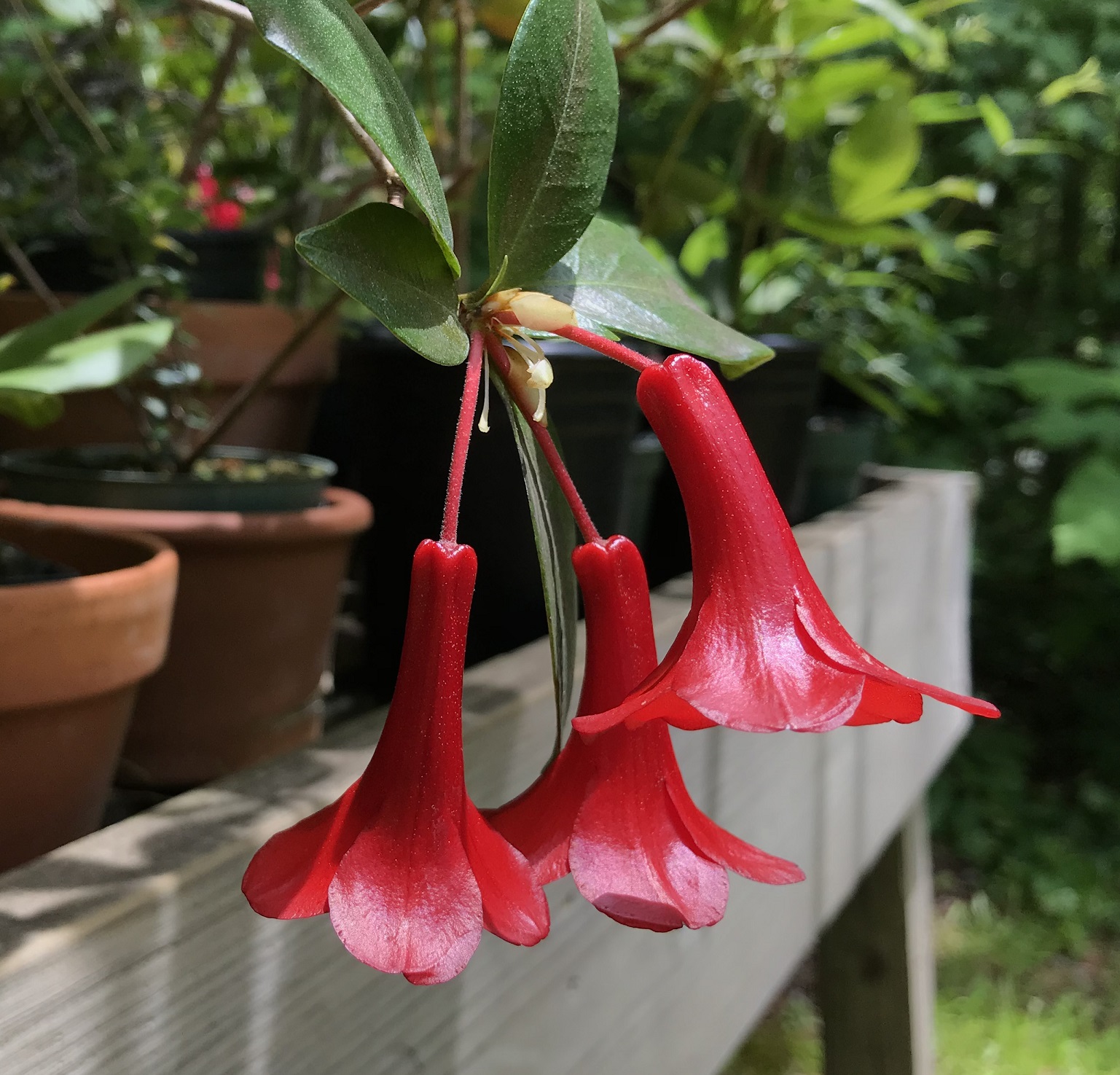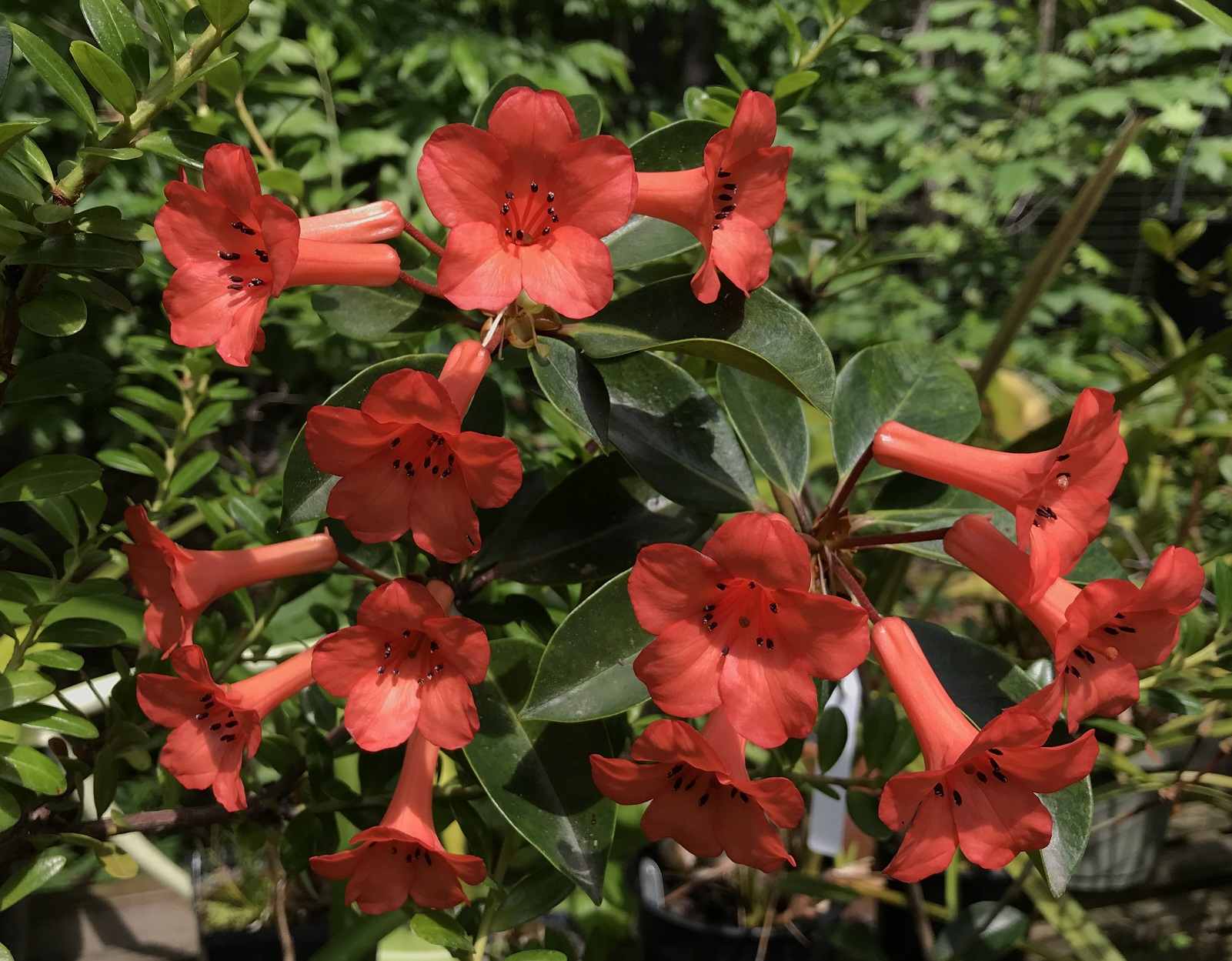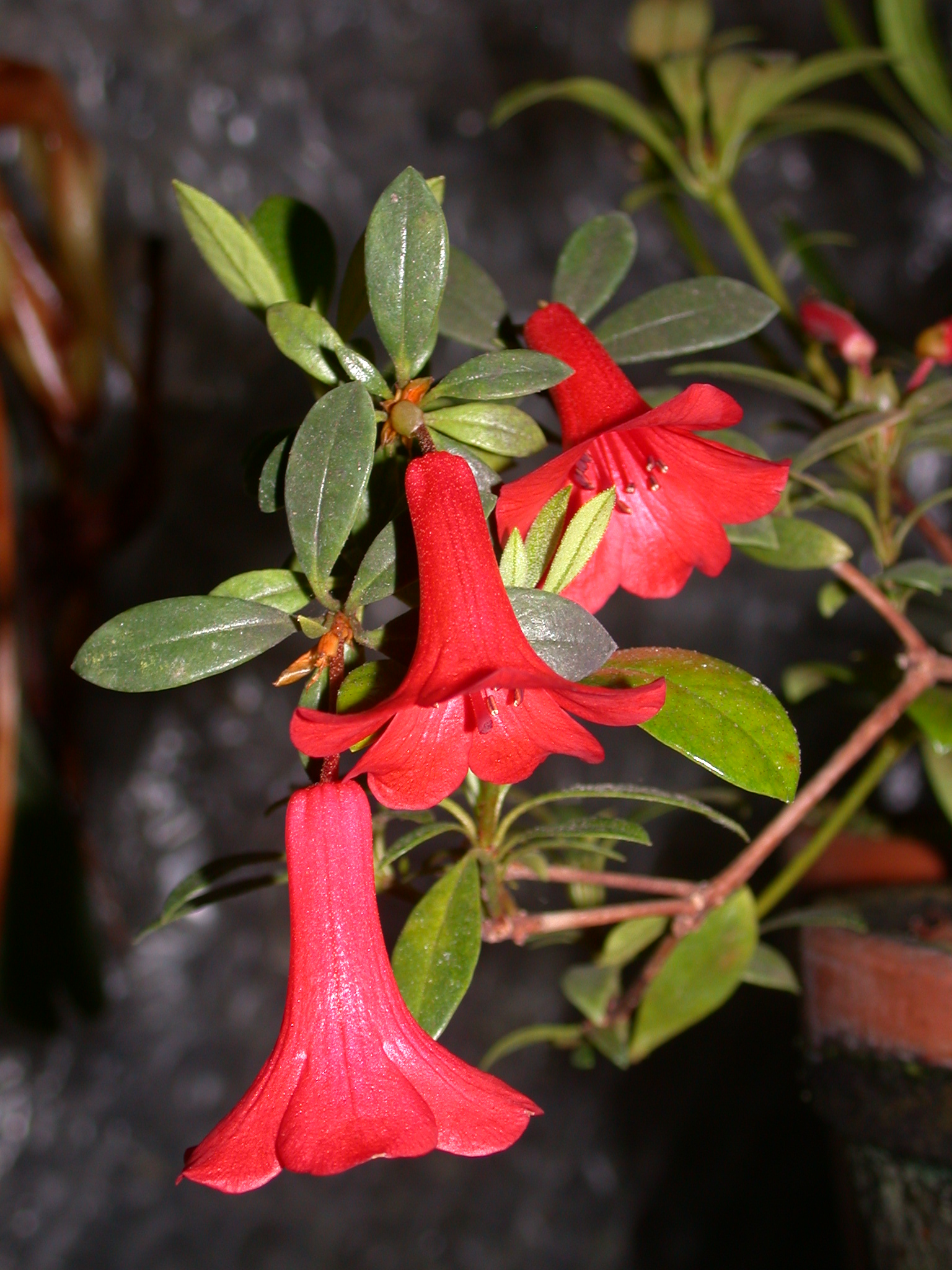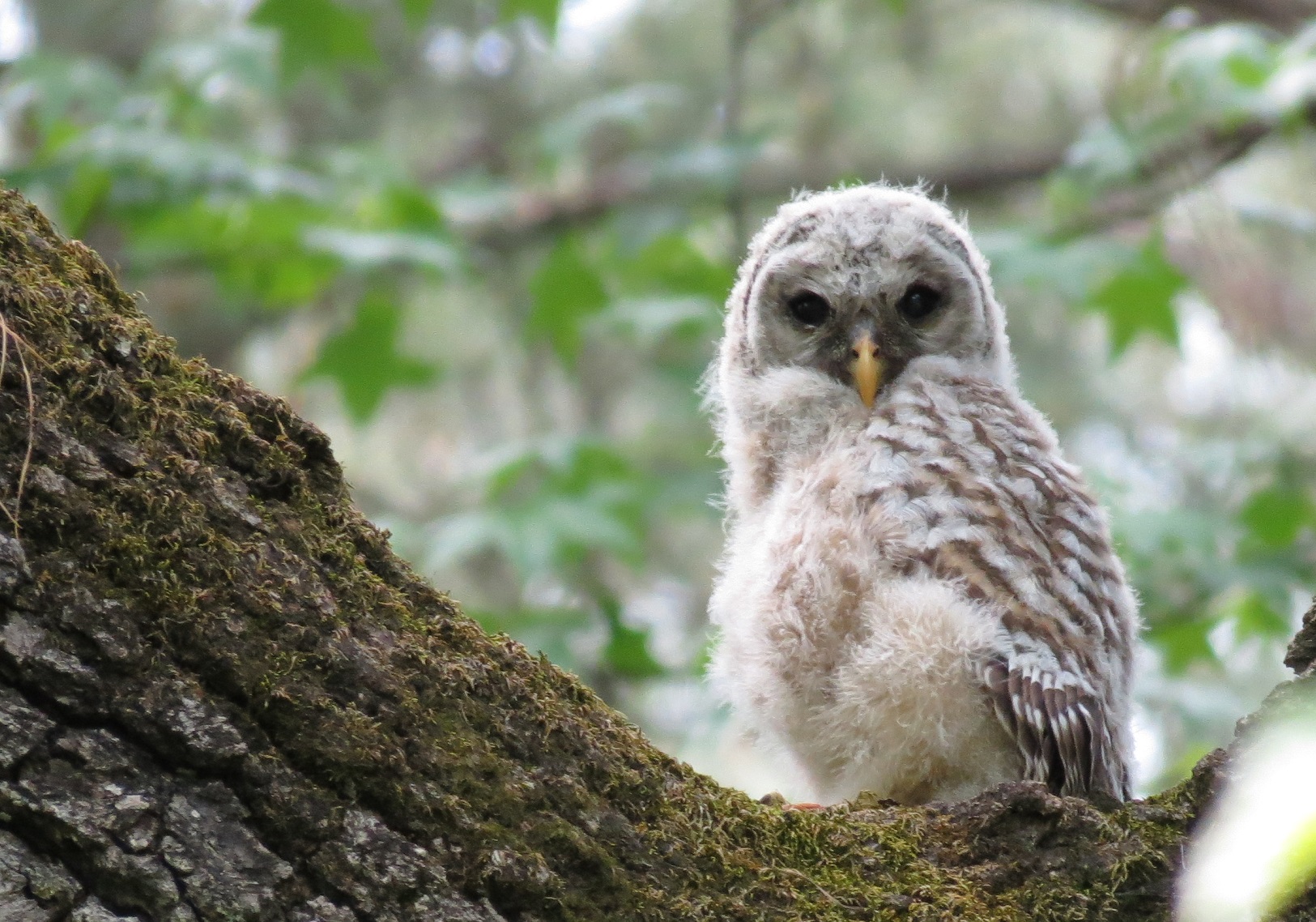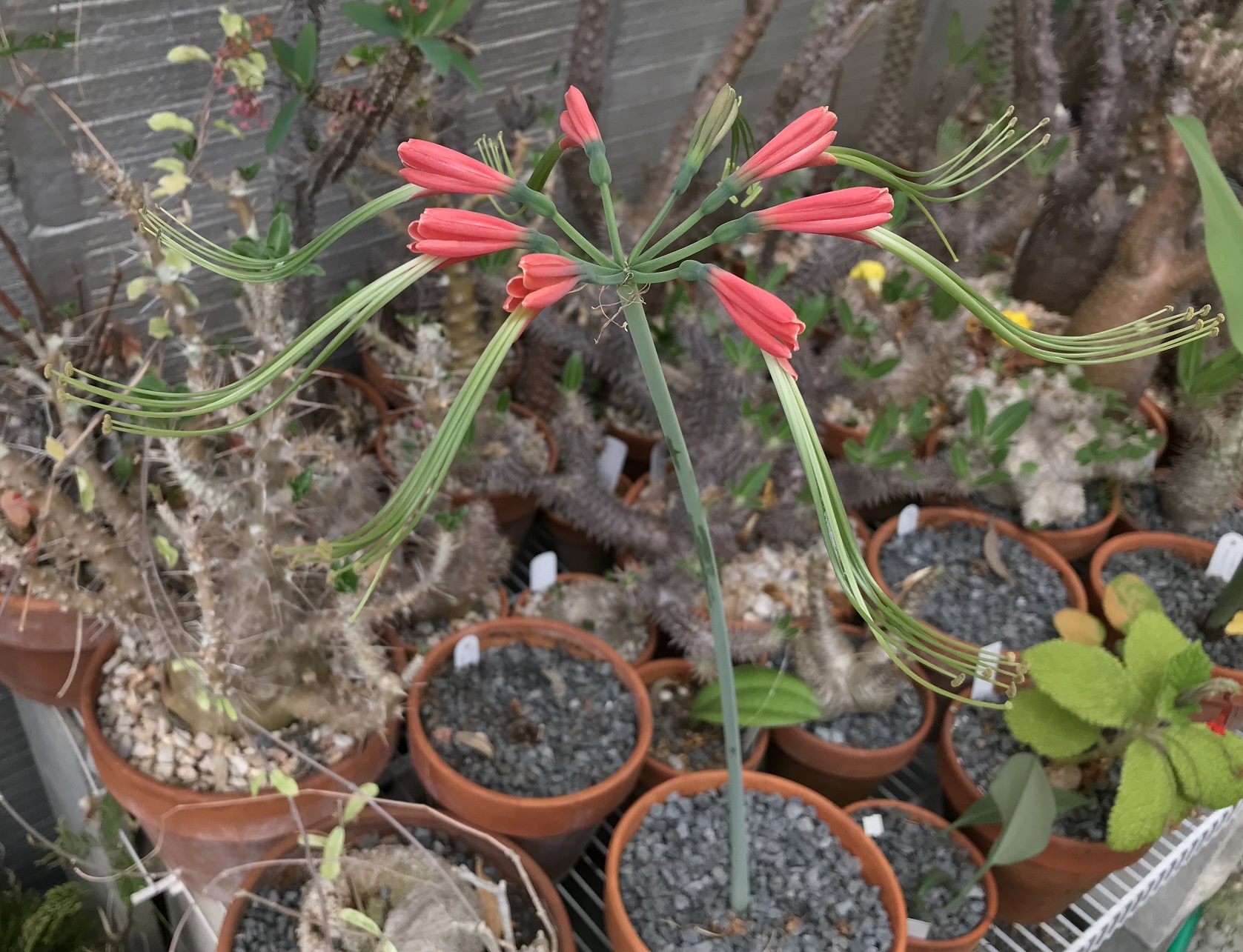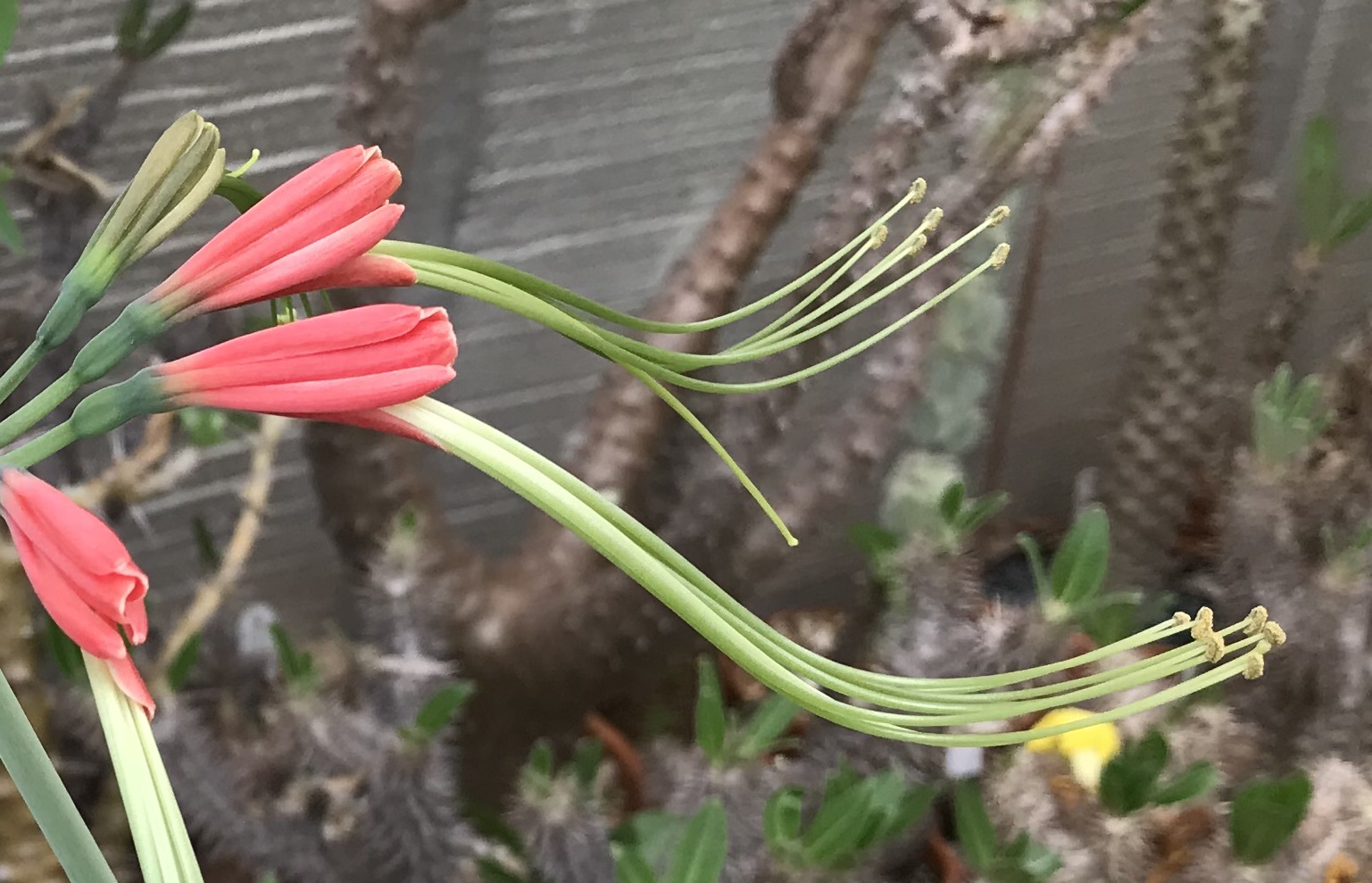Now that spring is well under way, it is a little easier to find interesting pictures for a Six on Saturday post. Here are five from the outdoor garden and one from the greenhouse.
1. Trillium grandiflorum (great white trillium)
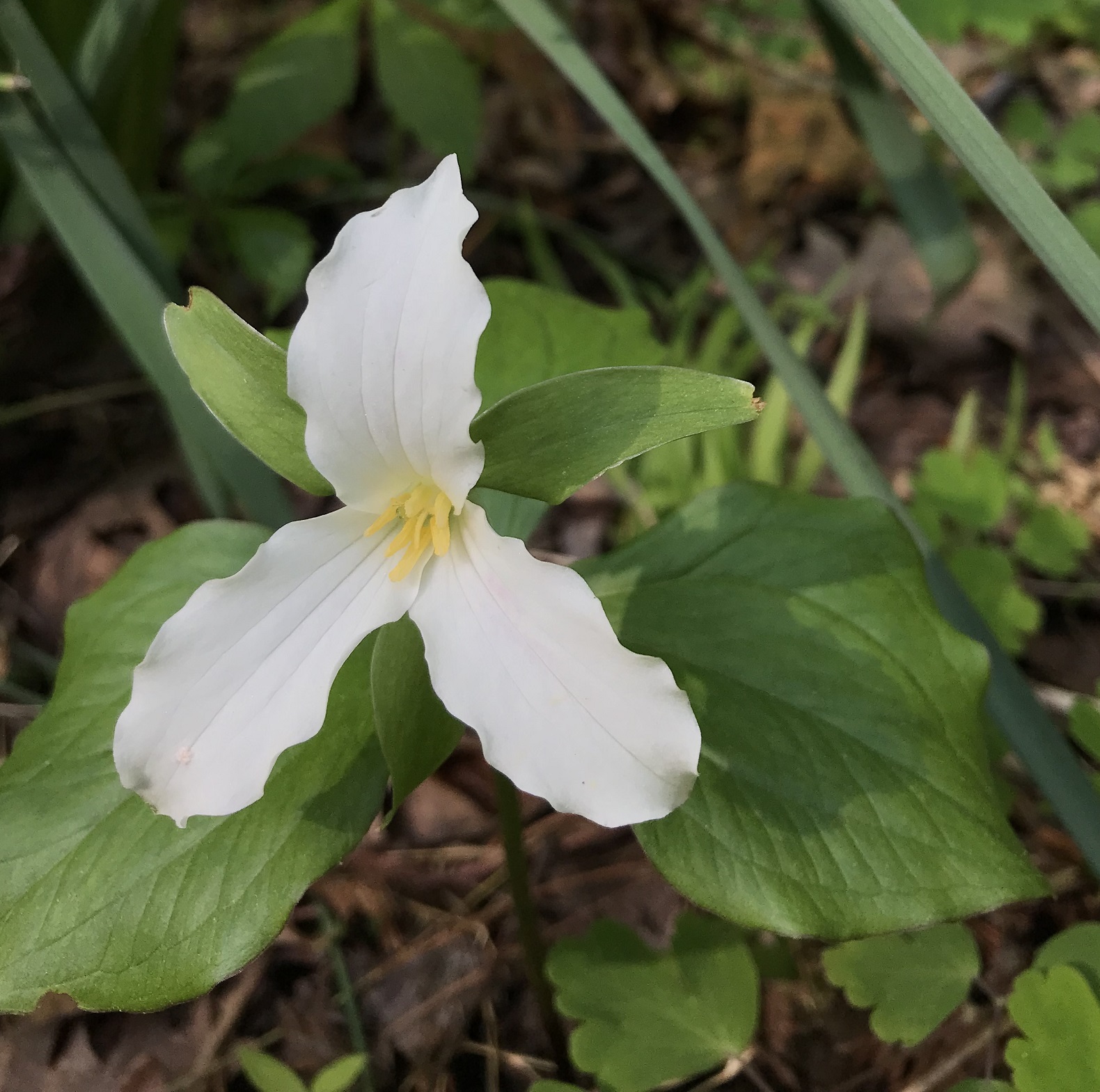
Trilliums are, notoriously, very slow to grow from seed or from rhizome divisions. It seems that someone must have mastered the procedure on a commercial scale, though, because mass produced rhizomes have started showing up in garden centers beside the spring bulbs. The packages come from the Netherlands, which probably precludes the possibility that they are wild-collected. I have tried boxes from Durham Garden Center and Costco which both claimed to contain Trillium grandiflorum (white) and Trillium erectum (red). The packages from Costco actually contained Trillium luteum and a red-flowered sessile species, but the box from Durham Garden Center seems to be correct.
2. Trillum luteum (yellow trillium)
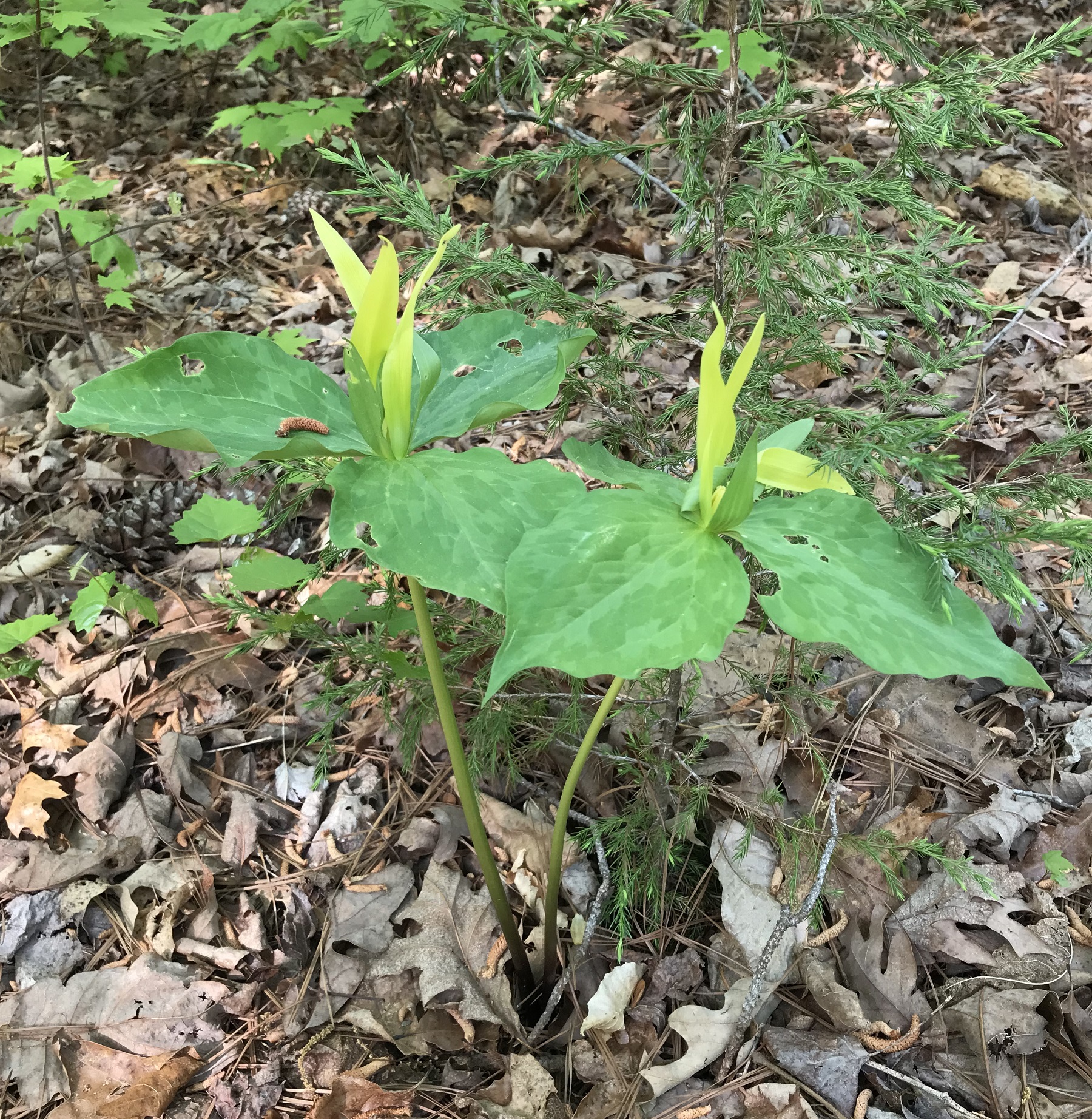
I planted this species in 2010 or 2011 and featured it once before in 2018. In rich soil, it would probably be a large clump by now. In very poor dry soil under pine and oak trees, it only has two stems, but they return faithfully every spring. Since it spends much of the year hidden under ground, I have left a small eastern red cedar seedling to help mark its location.
3. Clematis ochroleuca (curlyheads)
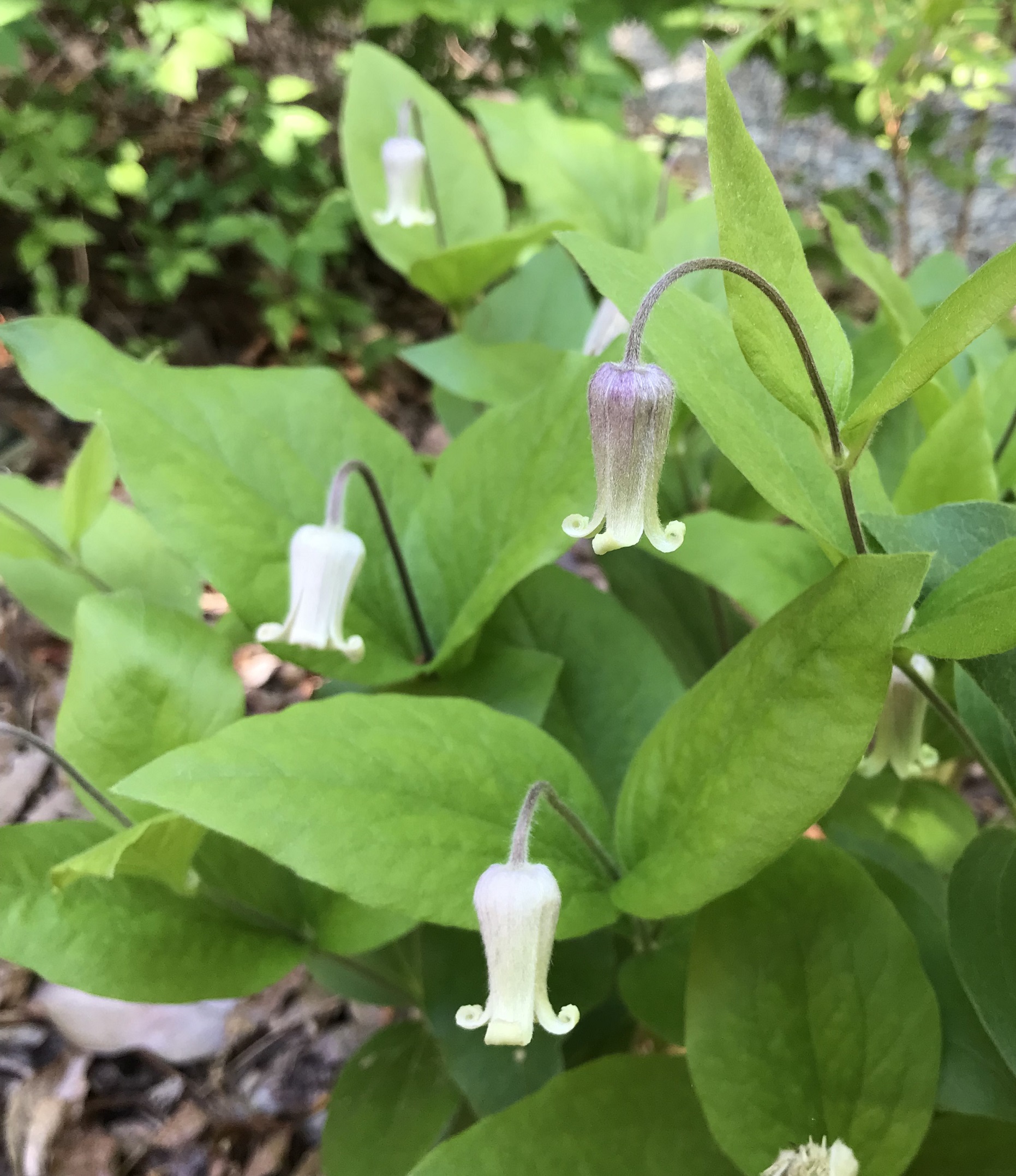
I could have sworn that I had already shown this native plant, but I can’t find it in a search of the blog. In any case, C. ochroleuca, is somewhat unusual for a Clematis, growing as a clump of short, upright stems rather than as a vine. The small flowers and fuzzy stems have a certain understated elegance, but it is the seeds, which look like heads of curly golden hair, that are the main reason for giving it space in the perennial border. I’ll have to remember to photograph them later this year.
4. Taraxacum pseudoroseum (pink dandelion)
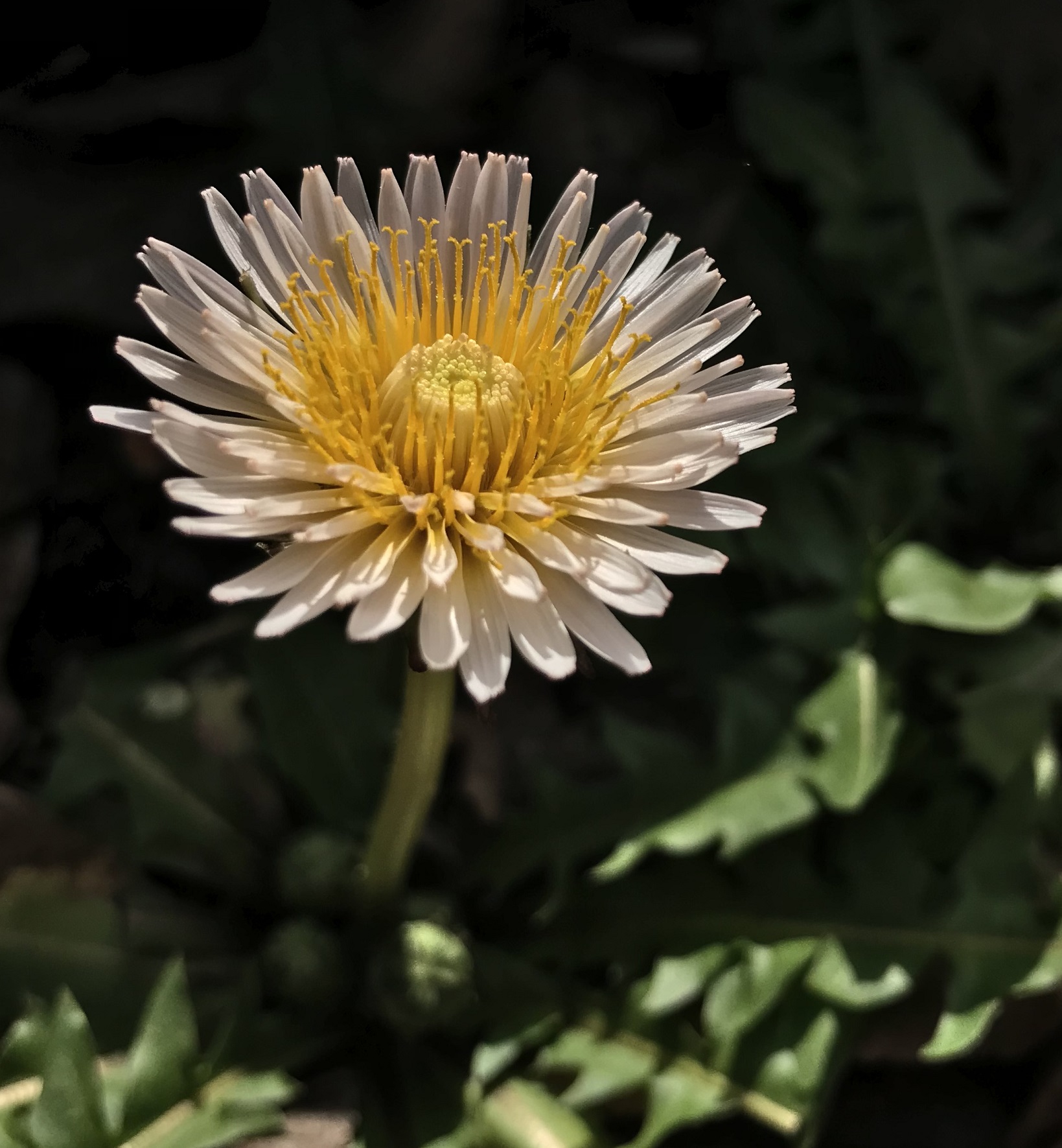
I wanted to grow some dandelions intentionally for chicken treats and occasional salad greens , and I thought that this would be more interesting than the standard yellow flowers that pop up in the lawn. So far, the pink color has been very faint, most noticeable when the flower first opens, but I think the overall effect is very attractive. My wife has included a second species, Taraxacum albidum (Japanese white dandelion) in her seed trays this year, and the first two seedlings were visible this morning.
5. Tulipa linifolia
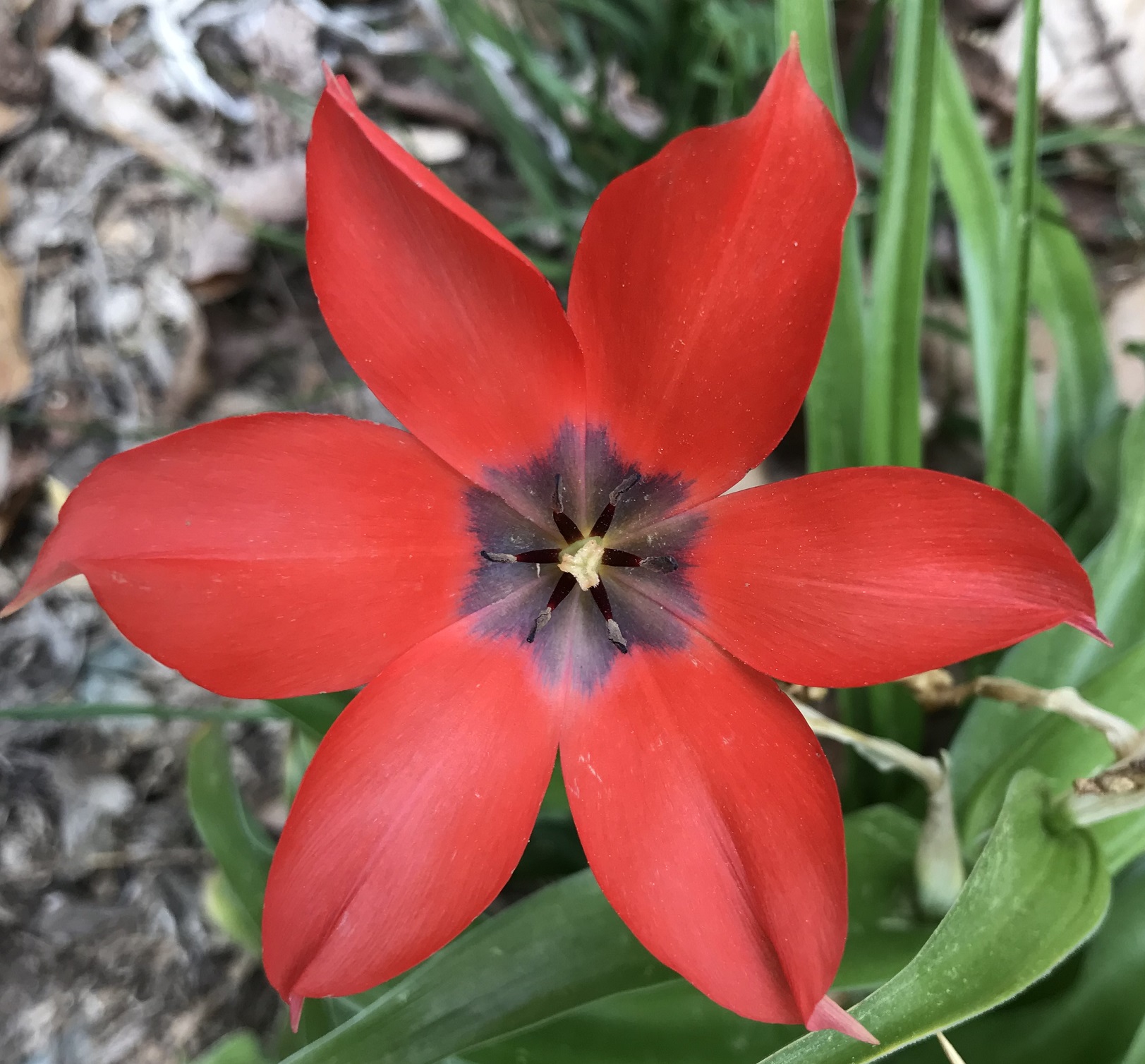
After several years of testing, I am convinced that a number of the smaller tulip species (Tulipa clusiana, T. whittalii, T. sylvestris, and T. linifolia) grow well in our climate. Unfortunately, rodents love to eat the bulbs, and this year about 90% of my tulips vanished. There was a concomitant increase in the number of pine vole tunnels in the flowerbeds, so I am fairly sure who the culprits are. The survivors, like this T. linifolia, are the ones that were planted in soil amended with permatill or in naturally gravelly soil.
6. Columnea schiedeana
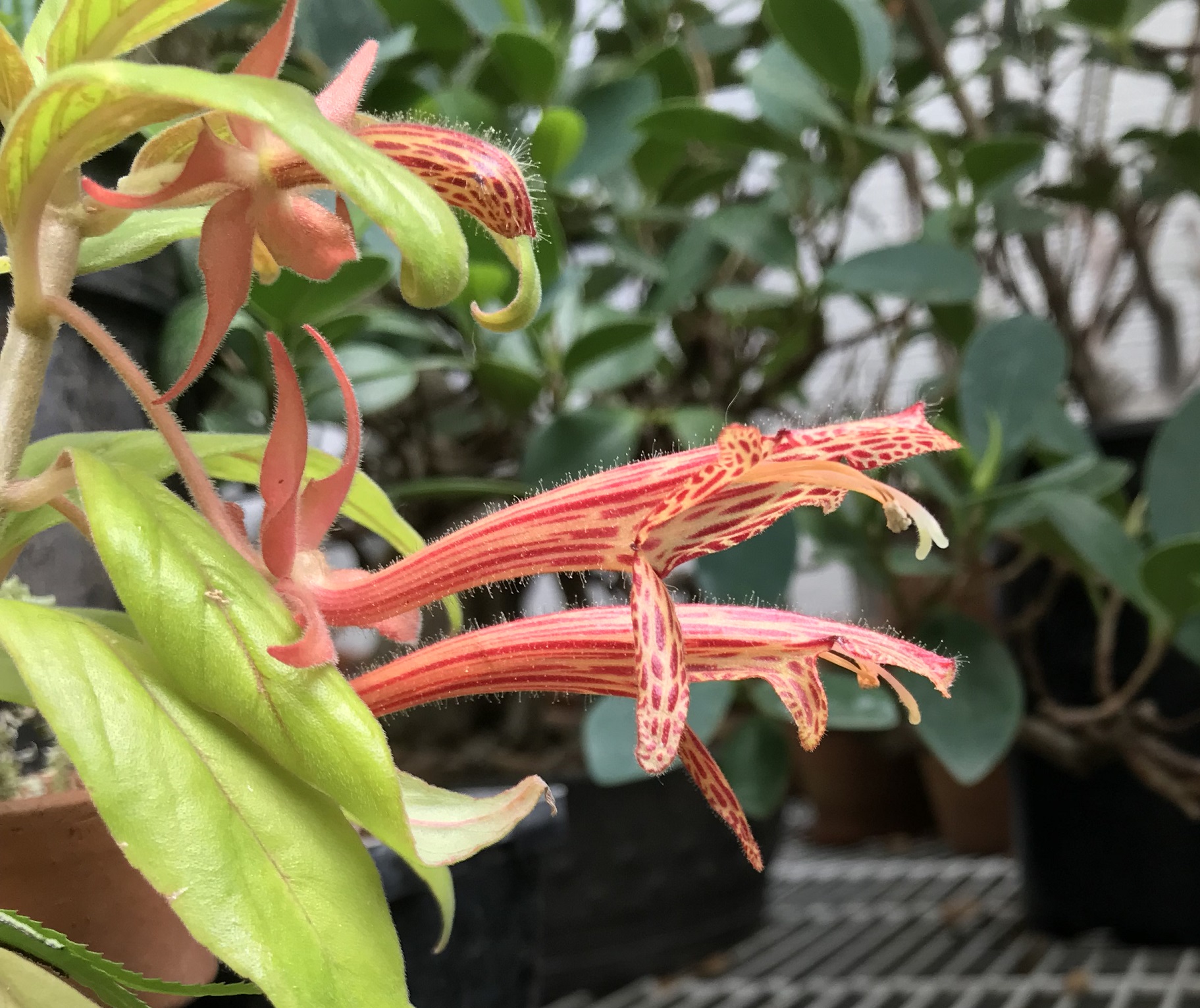
Columnea schiedeana is an epiphytic gesneriad from Mexico. The hummingbird-pollinated flowers have fairly standard shape for a Columnea, but the color is amazing–each one looks hand-painted.
The Propagator is the host of Six on Saturday. Head over there to see his Six for this week and find links to the blogs of other participants.


